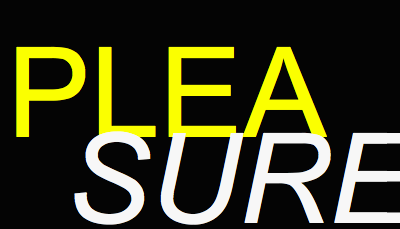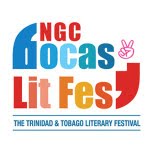THE MIRROR has an ornate, gold frame. It stands onstage, as if floating, suspended solely by the movements of the dancer. He props it up, lifts it, hides behind it, and at one point is almost guillotined by it. The audience is made privy to a series of private moments: we all gaze at a person in front of a mirror, obsessed with self or with something refracted in its hard surface. He dabs white powder all over his face continually and, seeking perfection, tests his image anew in the face of his true, glass lover.
This is Dave Williams’ incredible, monstrous work of choreography, entitled ‘Older’, which was shown at the Coco Dance Festival on October 4 and October 5 at Queen’s Hall, St Ann’s. We may argue that the piece is about the relationship between self and self-image over time; a rendering of Narcissus. Or it may be about relationships with others, how they always reflect something about ourselves. Perhaps as we get older we get wiser. Or equally we stay the same, make the same mistakes, play the same tricks of self-delusion and, well, it all just gets old.
The greatness of this piece is how it achieves what the best choreography does. It uses simple tools to create complex, dynamic effects. For instance, throughout the performance the audience is at times able to glimpse into the mirror and see what is being reflected. We see the dancer, in garish black spectacles that look like aviation goggles. Sometimes, in the dark of Queen’s Hall, we see only blackness: the type of deep blackness only a mirror can provide. But then, when the mirror moves, there is blinding light. Williams plays with its reflection, throwing it like a scrutinising beam all over the audience and elsewhere.
The effect is thrilling. We think of the powder on teenagers’ chests; Mr Sandman; Carnival sailors shouting: yuh can’t play mas if yuh fraid powder. We understand the vocabulary of this piece and we are compelled to follow to the bitter end when Jhené Aiko’s pop single ‘The Worst’ fades and we then hear a poem speaking of the nature of aging, how it turns bodies that once seduced into transparencies. We understand, at this point, the absurdity of all of Narcissus’ machinations with his mirror, coming as they do in the face of the inevitable fade-out of death. The dancer ends his piece with the mirror on the floor, prostrate after being licked. He walks back into the darkness.
Williams has, over the years, cemented his position as a necromancer. His best pieces – like “Waiting” and “Roasted Swan” – derive their power, in part, from their physical challenge. Here, the challenge was how to sustain the relationship between the body and the mirror in an interesting and intelligent way.
Williams makes it look so effortless. He’s not only older, he is certainly wiser. We are left wanting more and, notwithstanding its achievement, I wonder if this piece is complete. But finished or not, its images stay in our minds.
In an interview with Newsday Williams said he was inspired by fragments of questions surrounding the process of aging, mindful that the careers of most dancers in times past were limited by age.
“It’s a short life span,” Williams says. “Ballet dancers are lucky if they make it to 35.”
The dancer continues, “I wanted to do something that I was interested in.
“Because I have been dancing for 29 years and aging, I’ve noted how the body raises pretty immediate questions and situations. Aging was something that I was interested in. Nobody tells you what to expect. When I was child, 50 was an old person. The idea of aging gracefully, what does that mean in the current era?” He states ‘Older’ is an excerpt from a longer piece which will be shown on November 17 and November 18 at another show at Queen’s Hall, put on by the Noble Douglas Dance Company.
Other highlights at the Coco festival included Sonja Dumas’ ‘Walk the Talk’, an intelligent and beautifully structured take on stereotypes and how people – particularly women – are judged by how they walk. A similar feminist cord was found in ‘Farm Girls’, Sharifa Hodge’s piece which sees the limiting tropes applied to women in calypso and soca re-appropriated by the women onstage in a way that overcomes. ‘Hidden Curriculum’ by Deliece Knights had a similar intent, though wider scope, with intervals that voice specific thematic concerns about gender, power and discrimination in society. These threads were also woven into Akazuru’s ‘The Elemental \I. Hail for Stones’, which saw a procession and protest outside of Queen’s Hall, with rope being tied to the building’s pillars. ‘NeoIndigenA’ was a raw and audacious piece which was incredibly effective, provoking thought about the indigenous populations and their fate. ‘Beyond Words’ was a promising video. All of it was part of a programme which featured many other gems which shined in the dark.
*
- from Newsday October 13, 2014





















No comments:
Post a Comment